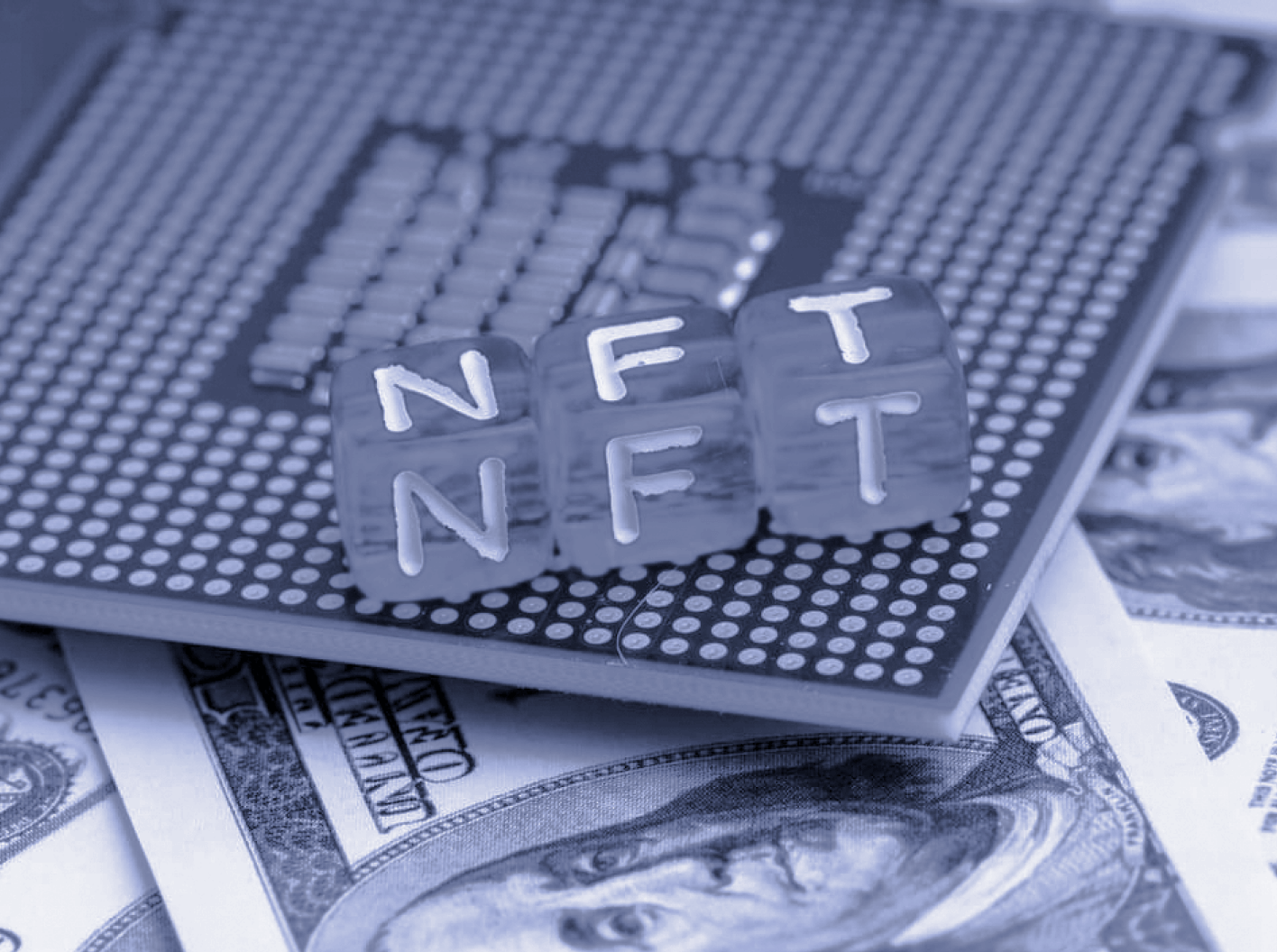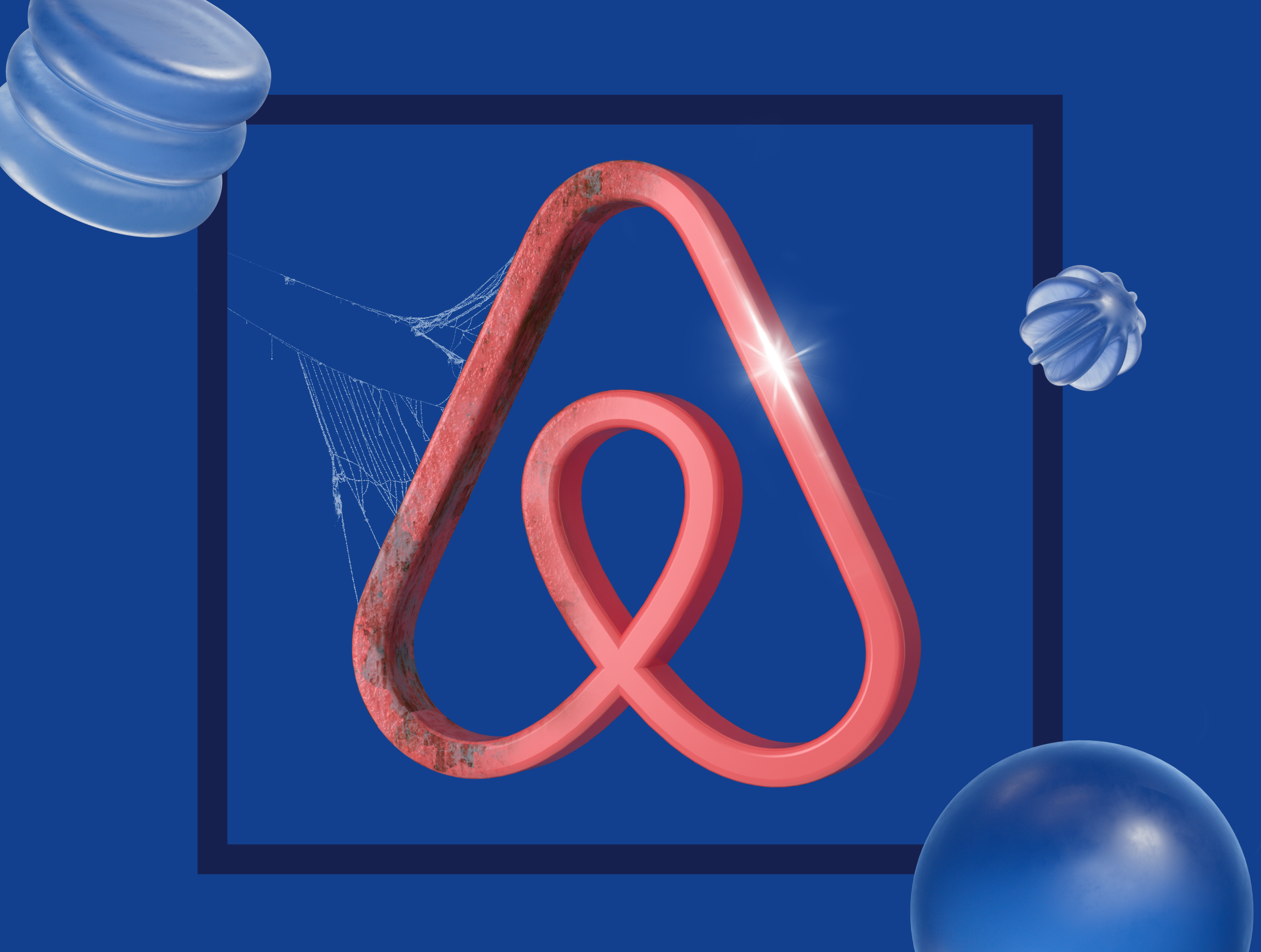Marketing strategies to help make your first NFT a winner.
Entering Web3 with NFTs
In 2021 the world was caught in a frenzy surrounding a new technology – the Non-Fungible Token (NFT). Growing by 11,000% in the span of a year, NFTs were popularized by highly publicized multi-million dollar sales, such as Beeple’s First 5000 Days, capturing a global audience and elevating the mystique of NFTs.
What are NFTs?
While NFTs are widely identified as algorithmically generated digital artworks, that is not the only use case for the technology. NFTs essentially operate as non-editable records of assets and the full capability of NFTs is still a blue ocean of possibilities.
These unique and distinct codes are recorded on a blockchain system, similar to ones used in cryptocurrencies such as Bitcoin and Ethereum. Transactions and records on the blockchain are irreversible and immutable, guaranteeing the authenticity, ownership, and provenance of a digital asset.
NFTs and global brands
What was previously only leveraged by web-based companies is now on the radar of almost every brand in the world. Global brands such as Nike are taking notice of the meteoric growth of NFTs and applying them in creative ways to interact with consumers to generate their own meteoric growth.
We are able to observe microtrends developed due to emerging technologies, consumer behavior, and brand deployments of NFTs. As more branded deployments, known as mints, enter the market, we are able to identify distinct branding strategies and the results of these minting events.
Marketing strategies of NFTs
Retailers such as Nike and Adidas have launched exclusive digital collections of their products in the form of NFTs aimed at increasing brand awareness. Strengthening the idea of customer loyalty and building hype surrounding the brand is the main strategy in these mints, usually done in collaboration with well known developers.
The marketing strategies behind these projects are so strong that typically the contents of these mints are unknown to the consumer until after the purchase is made. Similar to their high-profile and coveted product launches, there are typically significantly fewer NFTs available for purchase than there are consumers. Scarcity increases the perceived exclusivity of these brands which extends into their physical products; On some occasions these digital releases are accompanied by limited physical products such as the Gucci x Superplastic NFT collection. Owners of this NFT are entitled to an exclusive statue manufactured by the storied luxury brand.
Developing an exclusive digital collection gives brands a new avenue to interact with their consumers. Highly targeted mints increase a consumer’s potential Lifetime Value (LTV), especially for brands where a large amount of their revenue is attributed to their high-spend clients. On the other hand, exclusive mints aimed at the general public have the potential to drum up an incredible amount of publicity and attention.
Adding utility and driving loyalty
Connecting passions and habits to collectibles is a well-known strategy for businesses to captivate their audiences. Tour merchandise for popular music artists are a memento for the concert-goer to keep; Sports cards commemorate iconic moments in time of a favorite player. The NBA has successfully digitized these moments in the form of NBA Topshots – collectible NFTs that represent different moments in a player’s career. The strategy for these mints is to offer a personalized product that is updating an old collecting habit, a natural progression into the digital world.
Perhaps the most recognizable NFT collection, The Bored Ape Yacht Club, hosts a yearly festival known as ApeFest. Holders of the NFT Tokens are invited to this event to participate in an exclusive concert featuring headline celebrities and the opportunity to network with other holders of the NFT. Members of these communities typically are hosted in a private talk-server where consumers are able to communicate with each other; Brand representatives are able to open a line of constant contact with their consumers through the talk-servers. These NFT talk-servers help a brand increase the number of potential opportunities to interact with the public. Any sort of update to those NFTs also provide a chance for the brand to reactivate the buzz surrounding their tokens, whether new features are added to the token or if an event is hosted for token holders.
Are NFTs a good strategy?
Many brands have accepted NFTs as a reasonable investment and continue to expand their usage of this technology. It’s not yet clear whether or not NFTs will maintain their current trajectory but they have proven useful for companies who wish to get closer with their audience.
It’s clear to see a major transformation in the way brands communicate with their consumers, developing experiences intertwining the digital and physical realms. Redefining what it means to have community engagement and strengthen a base of loyalist consumers is possible with NFT communities. Increasing user engagement on new and novel products becomes more accessible by deploying a NFT or collectible alongside the product. Further incentivizing a specific user behavior enables a brand to build predictable patterns of engagement – such as daily activations and redemptions.
Understanding a brand persona is foundational to launching a successful NFT. The audience who is being delivered the marketing messaging should be interested in the trend first. Once the deployment is ready, it is imperative to delight the audience with the product and grow brand awareness.
Companies such as Nike, Adidas, and Drop see the future ahead of us and are actively learning to determine what makes the most sense to explore. It is absolutely essential to think about all the possibilities of using new technologies for a brand and envisioning opportunities to leverage these developments.
Request a Demo
Learn how your business can see these results too
This site is protected by reCAPTCHA and the Google Privacy Policy and Terms of Service apply.


